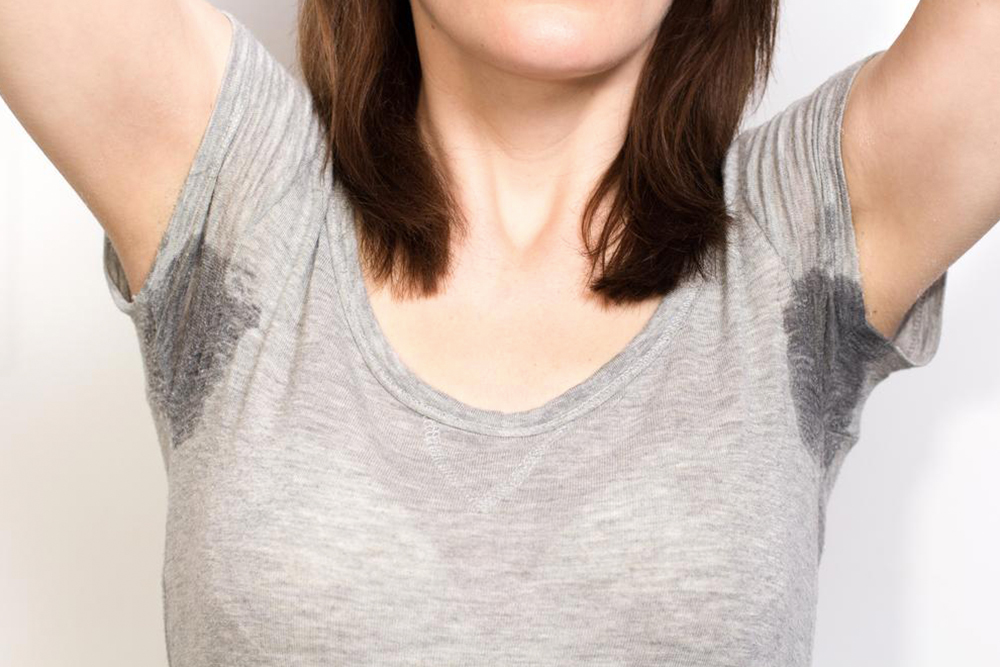A basic understanding of primary hyperhidrosis
Hyperhidrosis is of two kinds. Idiopathic, or Primary hyperhidrosis. It is also called Focal hyperhidrosis and is characterized by excessive sweating happening only at specific places like underarms or groin (axillary hyperhidrosis), or the palms and soles of the feet (palmoplantar hyperhidrosis). It is more of a social problem than a medical one. Primary Hyperhidrosis results in the patient ending up in embarrassing situations by staining their clothes and often producing foul odor because of secondary bacterial infections in the body. It disrupts social and workplace interactions, adversely affecting a person’s psychological frame and bent of mind.
Diagnosis
The diagnosis of Primary Hyperhidrosis involves taking the history of the patient and making sure that it is only Primary hyperhidrosis and there are no underlying systemic causes to it.

Treatment
Generally, the treatment starts with the use of over the counter antiperspirants. These generally contain aluminum chloride in low concentrations.
– When the above have failed to act adequately, then prescription strength antiperspirants containing aluminum chloride hexahydrate are recommended. This is applied on the skin of the affected area just before going to bed for two or three nights on continuous basis and it is repeated once week.
– If a more advanced treatment is called for, then the next step generally is Iontophoresis. In this a device, ionized tap water is passed over the skin and this method has been in use for about 50 years or so. In the procedure, a device circulates electrified tap water over the skin of the affected and required area, thus passing a mild direct current through the skin. This is continued for 10 to 20 minutes in a session. This is repeated at 1 to 3 week intervals. The mild current blocks the sweat gland ducts, and repetition of this procedure depends on the response of the patient.
Oral medication is also available for excessive sweating. However, it is generally resorted to as a last resort and with a consultation with a doctor when all other treatments have failed to produce satisfactory results.

